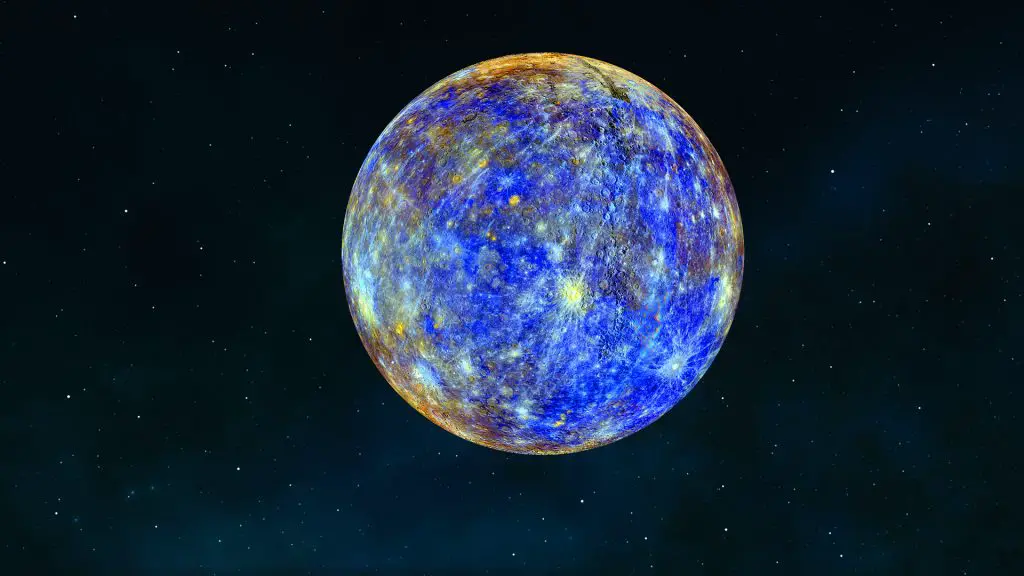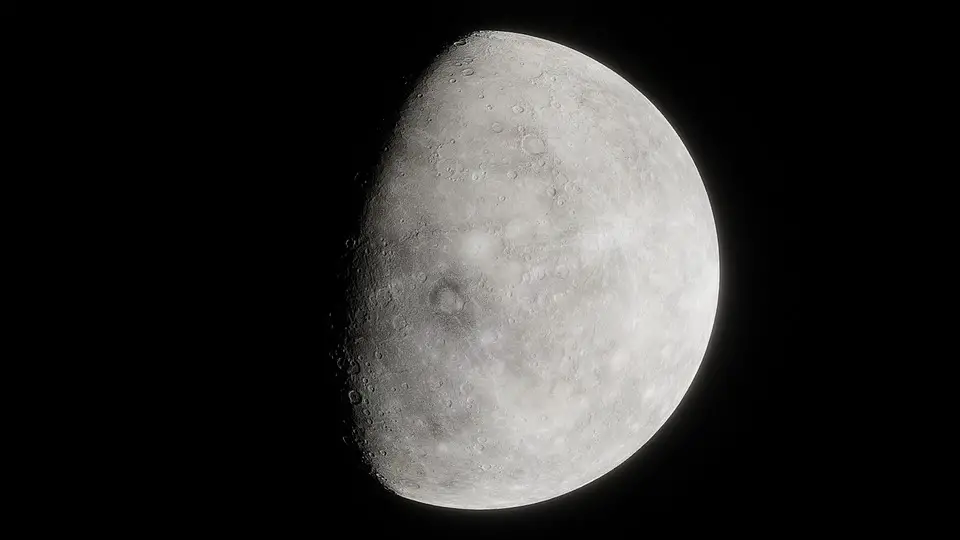Planet Mercury has remained famous for a reason. Aside from maintaining its position as the closest planet to the Sun, other interesting facts about mercury have captured the attention of our scientists. So what will you be learning about Mercury? This article will teach you how the planet was formed, a list of space missions to Mercury, and more.
How was Planet Mercury Formed?
Mercury’s formation took a similar process to most celestial bodies within the solar system. But the planet still has a unique formation process. So how was Mercury formed? Around 4.5 billion years ago, gravity began to pull spinning dust and gas into one body.
This force of gravity was acting closer to the Sun this time. Since it was attracting other bodies at a closer distance to the Sun, the force is supposed to attract more nebulae materials leftover from the sun.
However, the gravitational force of the Sun is too strong to allow a giant planet to form next to it. Hence, this acting force of gravity only attracts a smaller portion of the swirling gas and dust to form the planet Mercury.
After its formation, Mercury has a solid crust, a rocky mantle, and a central core. These features made Mercury become a terrestrial planet.
When astronomers discovred Planet Mercury
Mercury was one of the most interesting planets to capture the interest of ancient astronomers. No one could specify when the planet was first discovered.
However numerous sources have revealed that the first record of Mercury’s discovery could be traced back to 3,000 BC when the Sumerians noticed the terrestrial planet over their night sky. Unlike Venus, Mars, Jupiter, and Saturn, ancient astronomers found it difficult to discover Mercury.
Since the planet never moves far away from the sun in the sky, they have to struggle to discover the planet.
How did Mercury Get Its Name?
After the ancient astronomers discovered the fifth planet over their night sky, they began to debate the perfect name to assign to it. Romans were the tribe that dominated the ancient human civilization.
Since the ancient Romans possessed great power at that time, they had to decide on the perfect name to give to the newly discovered planet. The Romans decided to name the planet Mercury, a name representing the messenger of their gods.
But before ancient Romans concluded on naming the planet Mercury, they did little assessment. Since the newly discovered planet travels so quickly around the sun, the Ancient Romans thought that Mercury should be the perfect name for the closest planet to the sun.
The Roman Mercury messenger had wings on his shoes and helmet that enabled him to travel from one planet to another as fast as possible. Hence, this outstanding characteristic of the Roman Mercury made Ancient Romans name the planet Mercury.
Telescopic Observations of Mercury
Despite the beliefs held by ancient astronomers about Mercury, Modern astronomers decided to use more advanced equipment to study the planet. The human effort to observe Mercury using modern tools consists of the following.
In 1631, Astronomers Galileo Galilei and Thomas Harriott used their newly invented telescope to observe Mercury. This was the first time Mercury was observed using a manmade object.
Later in 1631, Astronomer Pierre Gassendi used a more sophisticated telescope to observe Mercury crossing the Sun’s face. This historic observation gave modern astronomers more hints about the terrestrial planet.
Space Missions To Mercury
In 1965, modern astronomers used radar to discover that Mercury rotates three consecutive times for every two orbits. This unique discovery shattered the myth held for centuries that Mercury always faces the Sun using only one side. The 1965 discovery of mercury gave modern astronomers a more understanding of the planet.
From 1974 to 1975, NASA’s Mariner 10 returned real photographs detailing half of Mercury’s surface during its three flyby missions to the planet. This is the first time we saw the real image of Mercury.
In 1991, Scientists used earth-based radar to discover ice permanently locked in the hidden parts of craters located in Mercury’s Polar Regions.
From 2008 to 2009, NASA’s Messenger spacecraft moved closer to Mercury to observe the planet better during three flyby missions.
In 2011, NASA’s Messenger spacecraft officially began its orbital mission around Mercury. The spacecraft was able to capture more detailed images of the planet.
It also returned more compositional data and made new scientific discoveries which gave us a unique understanding of the terrestrial planet.
However, in 2015, NASA’s Messenger Spacecraft crashed deliberately into Mercury’s surface to end the space mission. The mission ended after the spacecraft had exhausted all of its propellants.
In 2018, ESA’s BepiColombo commenced its journey to continue the study around Mercury. It took the spacecraft about three years to reach the terrestrial planet.
The ESA’s BepiColombo spacecraft will arrive at Mercury in 2025 and make its first flyby around the planet.
Currently, the spacecraft is still on its way to Mercury, and we hope to obtain more advanced information about the planet from this space mission.
Future Missions to Planet Mercury
Space agencies are already planning future space missions to explore Mercury and learn more about the terrestrial planet. Once they commence with any space missions, you will be notified on this blog.
Conclusion
Mercury is a planet that has attracted our interest ever since we started studying astronomy. The planet has numerous interesting features that have captured our attention.
From the well-researched information about the planet described above, you will learn why have devoted our time, energy, and strength to studying the closest planet to the sun. Do you think we can extract any resources from Mercury in the future?



Extremely interesting and captivating
Thank you for making out time to read my blog. You can always return to the platform for more engaging contents
It’s very interesting to discover that the surface of the PLANET MERCURY is rough and it was formed about 4.5 Billions years ago and is also the closest planet to the Sun.
Mercury is one of the most unique planets in the solar system
You stated that in 2018 the ESA launched a spacecraft that took 3 years to get to Mercury the next paragraph you state that it won’t reach there till 2025. What’s the real story?